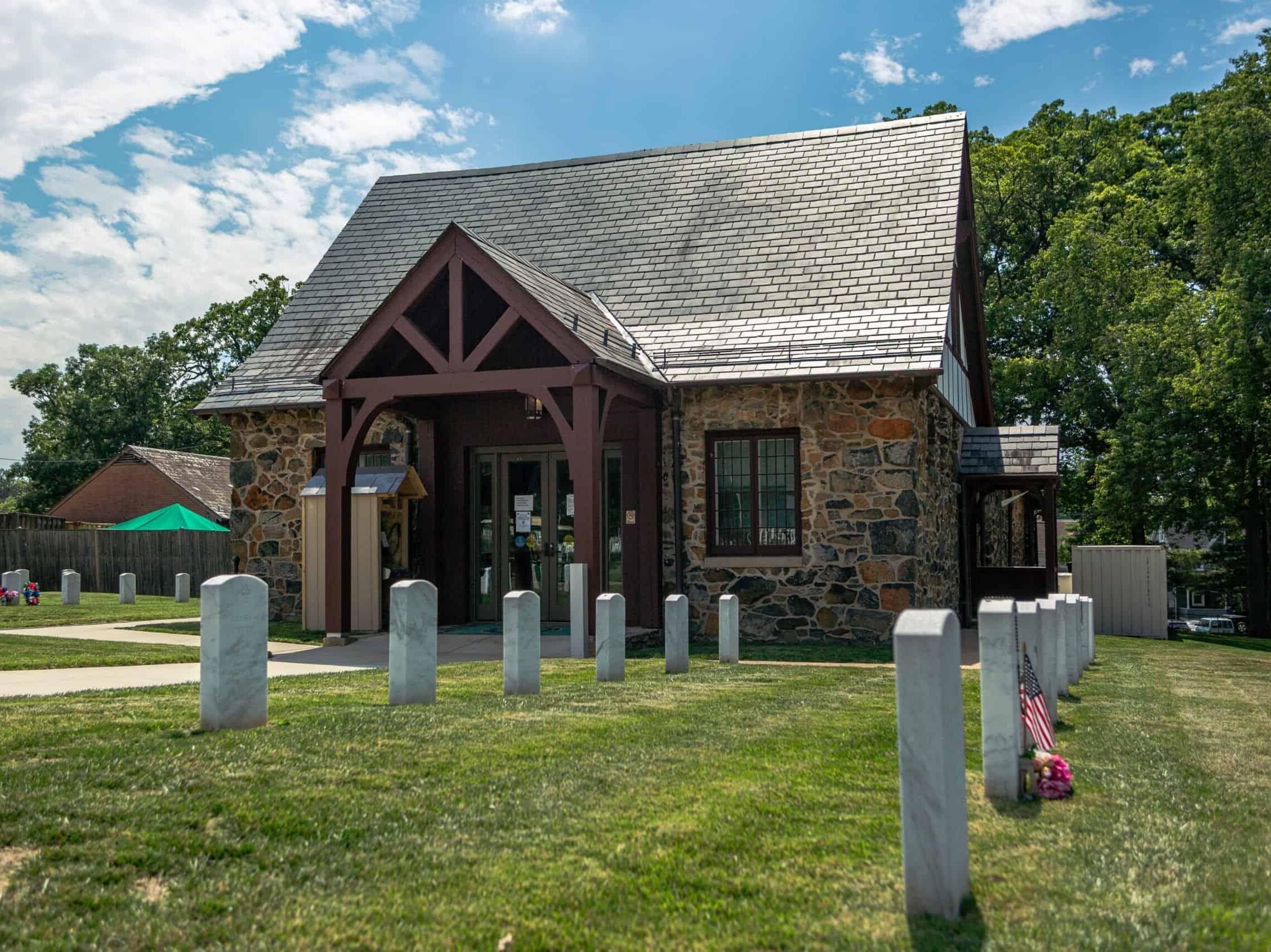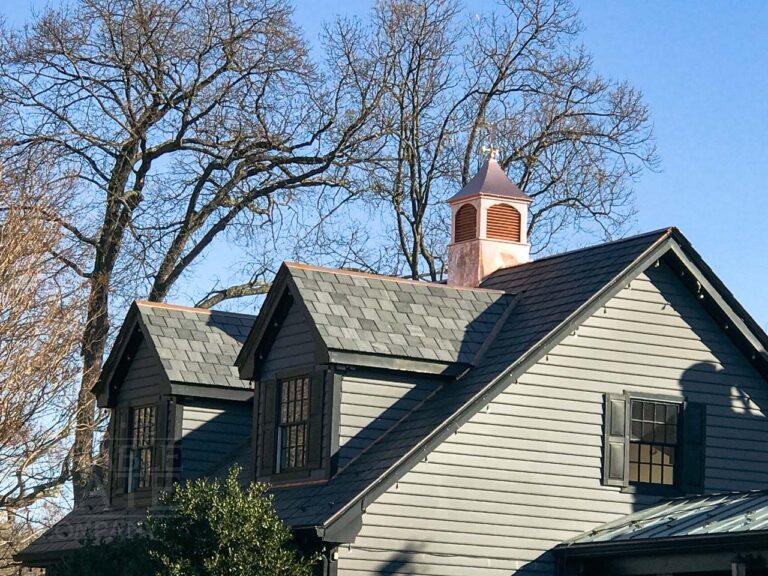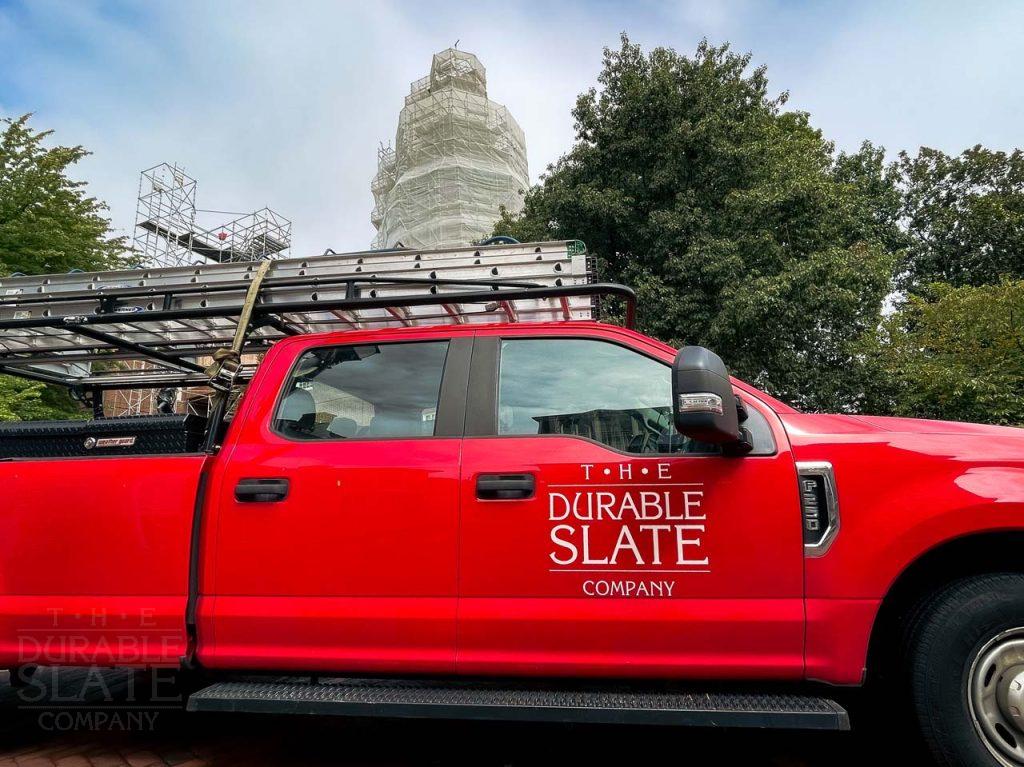If you’re in need of
slate roof repair, a
new clay-tile roof, or an inspection of your
original copper gutters, or more, contact The Durable Slate Company. Estimates are free for property owners within our service areas (see disclaimer below).
Our estimators never work on commission and will make recommendations that are for the good of your roof, not their own pocket-books. We insist on transparency and education to help our customers understand the work needed and the associated costs.
Our approach to business is as timeless as our roofs: Honest, straight forward, and tailored to your needs and the needs of your roof.












